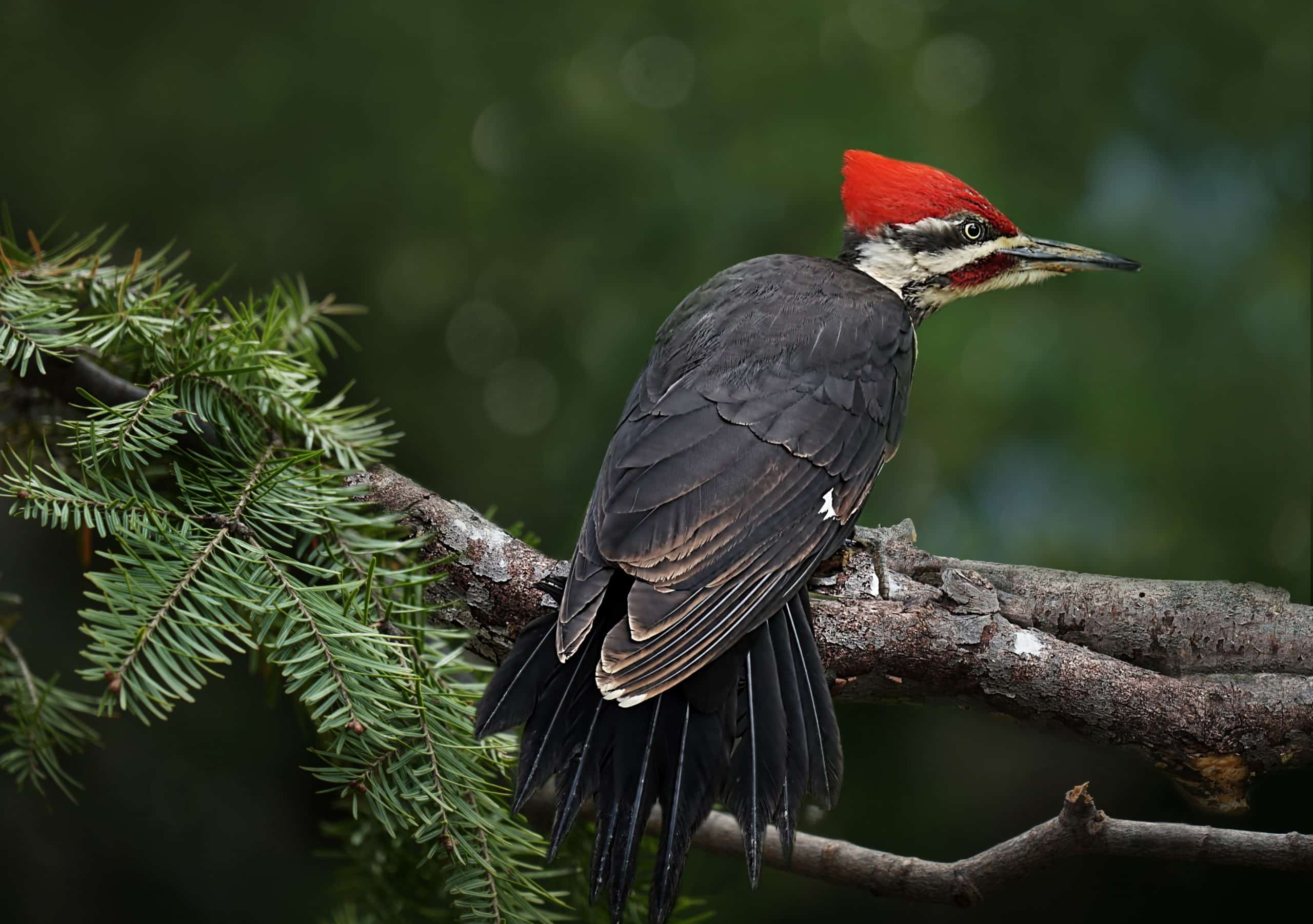Discover the Fascinating Globe of Woodpeckers: Everything You Required to Know
The globe of woodpeckers is a realm filled up with distinct behaviors, elaborate adjustments, and a diverse variety of species. From their environments and circulation patterns to their feeding habits and specialized physiological features, woodpeckers have actually long mesmerized the interest of ornithologists and nature fanatics alike. Understanding the intricacies of these interesting birds offers a look right into the intricate interaction between their biology and the atmosphere. As we check out the world of woodpeckers further, we reveal a riches of details that sheds light on their importance in ecological communities and the difficulties they face in an ever-changing globe.
Woodpecker Habitats and Circulation
In North America, for instance, woodpeckers can be identified in both coniferous and deciduous woodlands, utilizing their solid beaks to forage for bugs and create nesting dental caries in trees. In Africa, specific woodpecker varieties have actually adjusted to dry atmospheres, such as the acacia forests, where they play an important duty in managing insect populaces.

Feeding Behaviors and Diet Regimen
Woodpeckers use their strong beaks to pierce right into the bark of trees, penetrating for bugs and larvae concealed under the surface area. In addition to pests, woodpeckers likewise consume nuts, seeds, fruits, and sap.
Woodpeckers are known for their drumming behavior, which serves not just to interact with other woodpeckers however additionally to find food. The quick drumming sound is created by the bird pecking on powerful surface areas like dead trees or steel poles. This behavior can draw in pests hidden in the timber, enabling the woodpecker to find their visibility and feed upon them.
Distinct Adjustments for Tree Climbing
In their proficient search of bugs hidden within tree bark, woodpeckers have actually evolved remarkable anatomical attributes that equip them with one-of-a-kind adaptations for efficient tree climbing. Woodpeckers have solid neck muscles and a distinct skull structure that absorb the effect of constant pecking, permitting them to climb up vertically without causing injury to their minds. These adaptations showcase the unbelievable transformative design that makes webpage it possible for woodpeckers to navigate trees with accuracy and effectiveness.
Diverse Woodpecker Species Worldwide
With over 200 various species spread across different environments worldwide, the family members of Picidae incorporates an impressive variety of woodpeckers. These birds can be found in woodlands, timberlands, savannas, and also city areas, showcasing their flexibility to different environments. From the legendary Northern Flicker in North America to the vivid and evasive Crimson-backed Flameback in Asia, each woodpecker varieties shows special features in regards to quill, habits, and environment choice.
Woodpeckers differ substantially in dimension, with the diminutive Downy Woodpecker gauging around 6-7 inches in size, while the effective Lineated Woodpecker can rise to 17 inches - Woodpeckers in Florida. Their beaks likewise can be found in different forms and dimensions, mirroring their feeding habits. Some varieties concentrate on extracting bugs from tree bark, like the Acorn Woodpecker, while others, such as the Black-cheeked Woodpecker, eat fruits and seeds

Conservation Initiatives and Challenges
Preservation initiatives for woodpecker populaces are critical in alleviating the influence of habitat loss and various other threats facing these varied bird species. Woodpeckers face numerous obstacles to their survival, mostly because of deforestation, urbanization, environment modification, and intrusive varieties. To deal with these issues, conservation efforts focus on securing and restoring woodpecker environments, carrying out lasting forestry methods, and raising understanding about the value of these birds in ecosystems.
One significant challenge in woodpecker preservation is the fragmentation of their environments, resulting in isolated look these up populaces that are much more vulnerable to extinction - Woodpeckers in Florida. Guardians work to create wild animals corridors and safeguarded locations that attach these fragmented habitats, enabling woodpeckers to relocate in between different areas for feeding, reproducing, find more info and shelter

Verdict
In conclusion, woodpeckers are interesting birds with distinct adaptations for tree climbing and feeding actions. More research and conservation activities are needed to make sure the survival of woodpeckers in the wild.